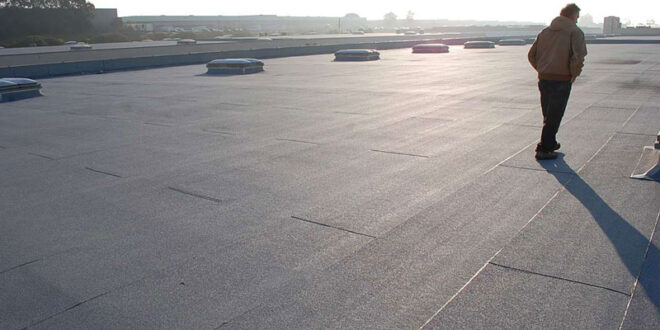Are you looking for the perfect roofing solution that offers an extra layer of protection and style? Look no further than built-up roofing systems! These fantastic, versatile structures have been around since antiquity, so they’ve had plenty of time to perfect their craft.
Any roofing contractor Alpharetta can recommend them. Join us today as we traverse the annals of history to discover what built-up roofs can offer your home. From classic hot mop tar and gravel designs to sophisticated modified bitumen membranes, this guide has everything you need to know about selecting and maintaining built-up roofing systems. Let’s get started.
Table of Contents
What Is A Built-Up Roofing System
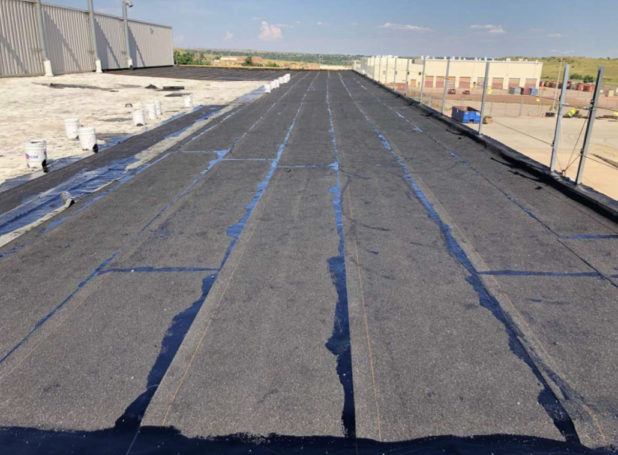
A built-up roofing system is a type of roofing material that consists of multiple layers of bitumen, felt, and aggregate materials. The bitumen layer forms the waterproofing layer, while the felt layers provide protection from the weather and help to prevent punctures. These two layers are covered with an aggregate top coating which can come in a variety of colors and textures.
Types Of Built-Up Roofing
Ballasted Built-up
The ballasted built-up roofing system is a typical, modified bitumen roofing system that uses stones or gravel to hold the membrane in place. The roofing system is used mainly for flat or low-slope roofs and limits the need for frequent maintenance.
How To Install Ballasted Built-Up
To install a ballasted built-up roofing system, use 40-pound polystyrene insulation boards with 3/4-inch plywood underlayment laid over them. A temporary watertight membrane may be installed over the plywood to protect them from moisture while the ballast is being placed. The ballasted built-up roofing system is then laid over the boards and fastened with clips or nails. A layer of rock (3/8 inch-to-5/8 inch in diameter) is installed first, followed by a layer of 30-pound No. 15 felt. Then, the final layer of ballast is distributed over the roof and secured with clips or nails.
Hot Built-up
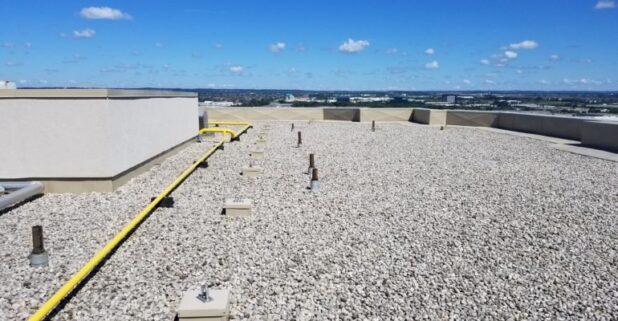
The hot built-up roofing system is a modified bitumen roofing system that uses heat to melt the membrane, creating a more tightly sealed and durable surface.
How To Install Hot Built-up
Typically, hot built-up roofing systems are installed by first laying a layer of 40-pound polystyrene insulation boards with 3/4-inch plywood underlayment laid over them. A temporary watertight membrane may be installed over the plywood to protect them from moisture while the hot built-up roofing system is being installed. Next, the hot built-up roofing system is unrolled over the boards and fastened using clips or nails. The final step involves heating the modified bitumen membrane with a torch until it melts and forms a seal.
Cold Built up
A cold built-up roofing system is a modified bitumen roofing system that uses asphalt and fiberglass felts to create a durable, waterproof membrane. This type of roofing system is commonly used for low-slope roofs due to its ability to withstand temperature fluctuations and require minimal maintenance.
How To Install Cold Built-up
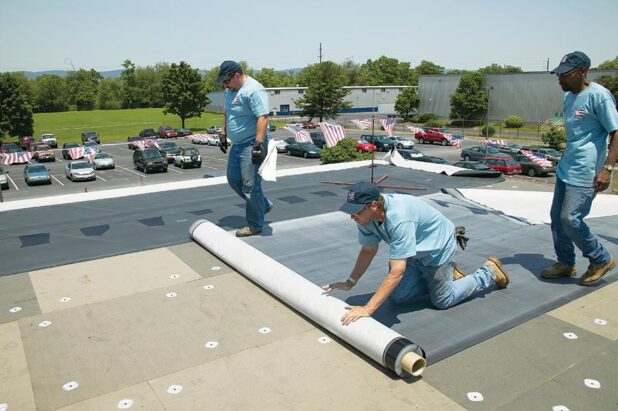
To install a cold built-up roofing system, start by installing 15-pound polystyrene insulation boards over the existing substrate with 3/4-inch plywood underlayment. Then, roll out the first layer of felt over the boards and attach it using special fasteners. Next, apply an asphalt primer to the exposed areas of the underlayment before applying an adhesive membrane. Cover this with another layer of felt, concrete roofing stones, and finally, a layer of rock. The roof is then finished by securing the rocks in place using clips or nails.
Benefits of Built-Up Roofing Systems:
Built-up roofing is a type of waterproofing system that consists of multiple layers of asphalt, fiberglass, or other materials and is more durable than other materials such as EPDM or TPO.
Built-up roofing systems are ideal for low-slope applications because they are able to handle a variety of weather conditions, such as rain, snow, and ice – whether the roof is in direct sunlight or not.
Built-up roofing systems are also extremely resistant to flame and have low thermal conductivity, making them suitable for fire prevention systems.
Built-up roofing is also affordable and easy to install, compared to other alternative roofing systems – meaning that you can achieve the same results at a lower cost.
Built-up roofing is able to withstand harsh weather conditions, such as heavy snow and winds in excess of 100 mph – making it a great option for regions prone to extreme weather.
Built-up roofing is also resistant to flexing, stretching, and tearing, which means that it can hold up to foot traffic if needed.
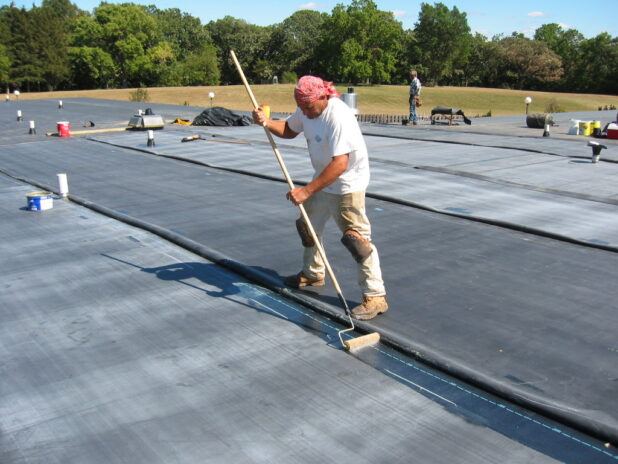
When it comes to built-up roofing systems, there are numerous factors that come into play. It is important to consider the different types of materials available as well as the climate in which the roof will be installed. Luckily, we have put together a complete guide to help you understand everything you need to know about built-up roofing systems. By following our advice, you can be sure that your new roof will be both effective and long-lasting.
 World Magazine 2024
World Magazine 2024
